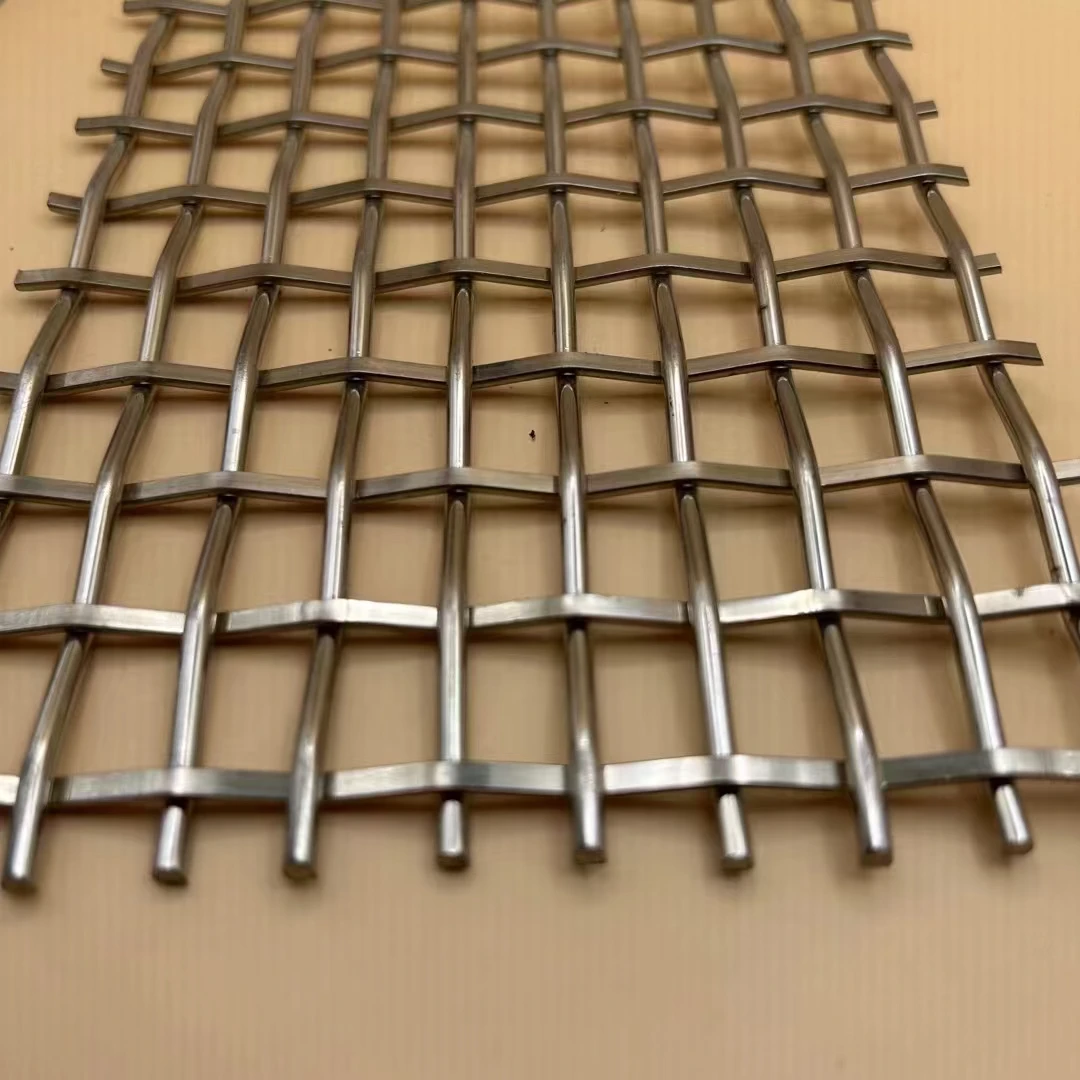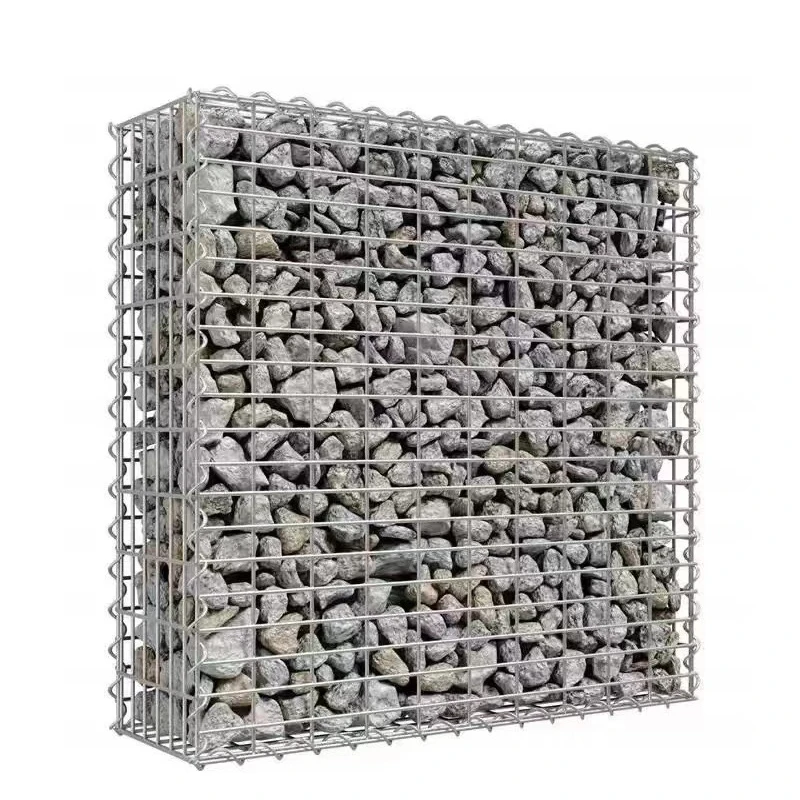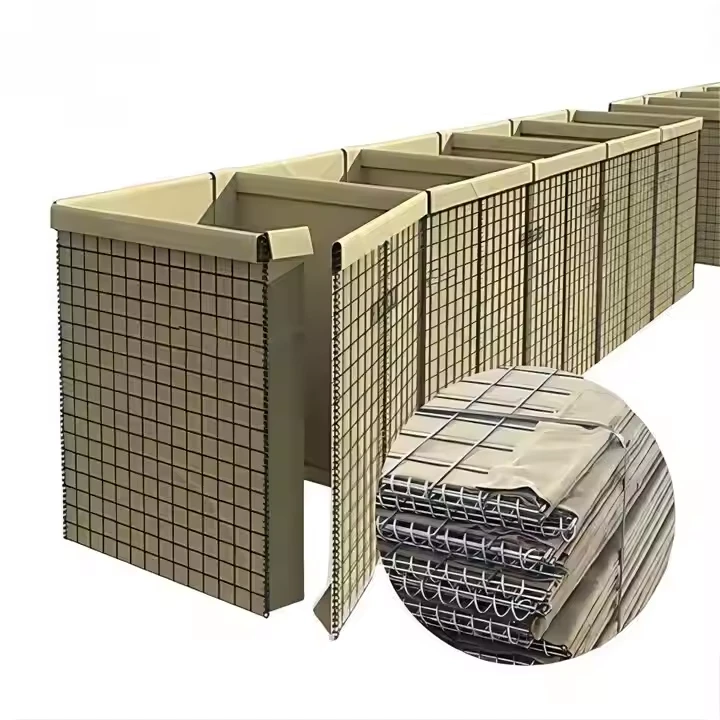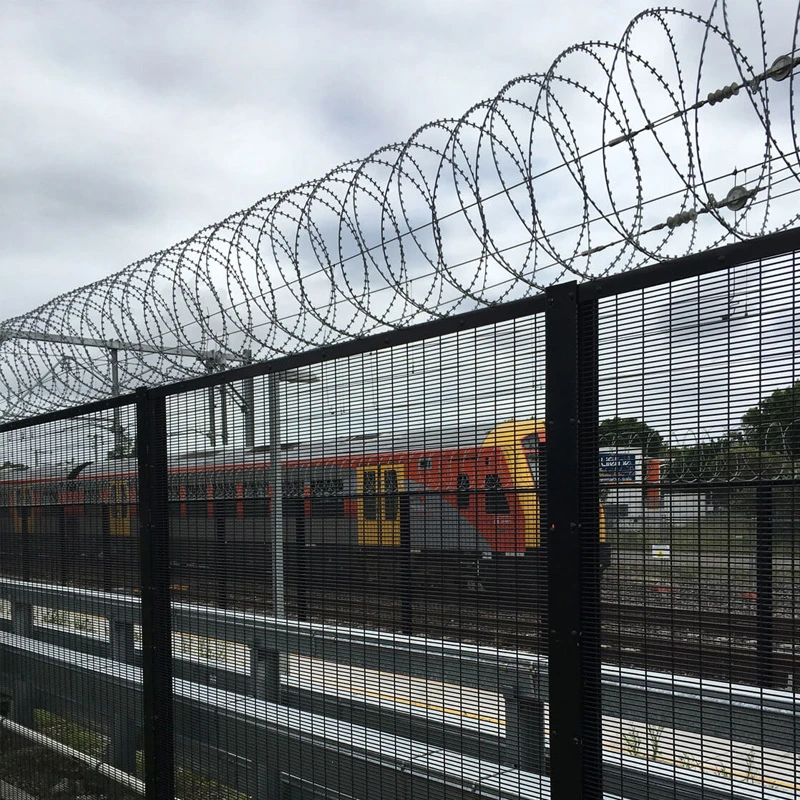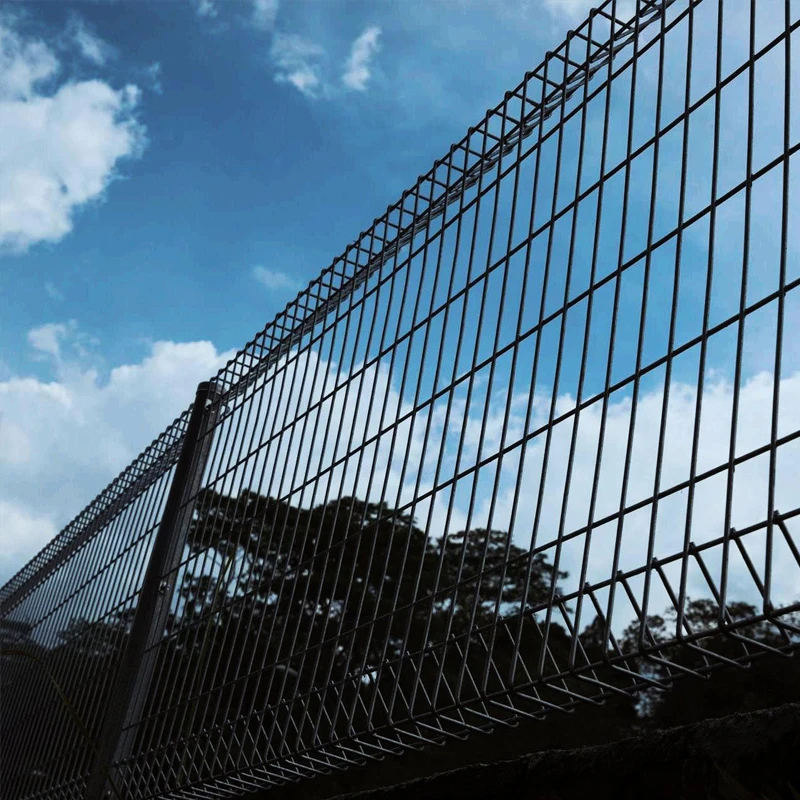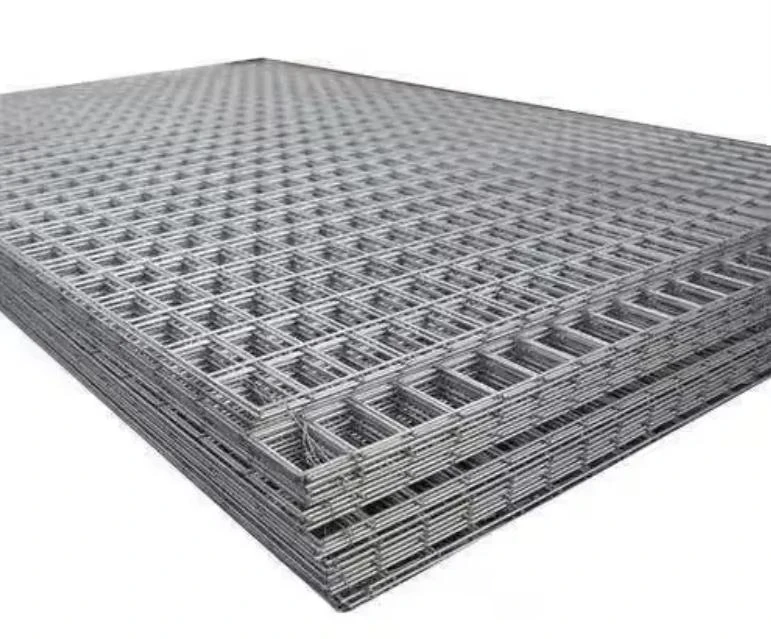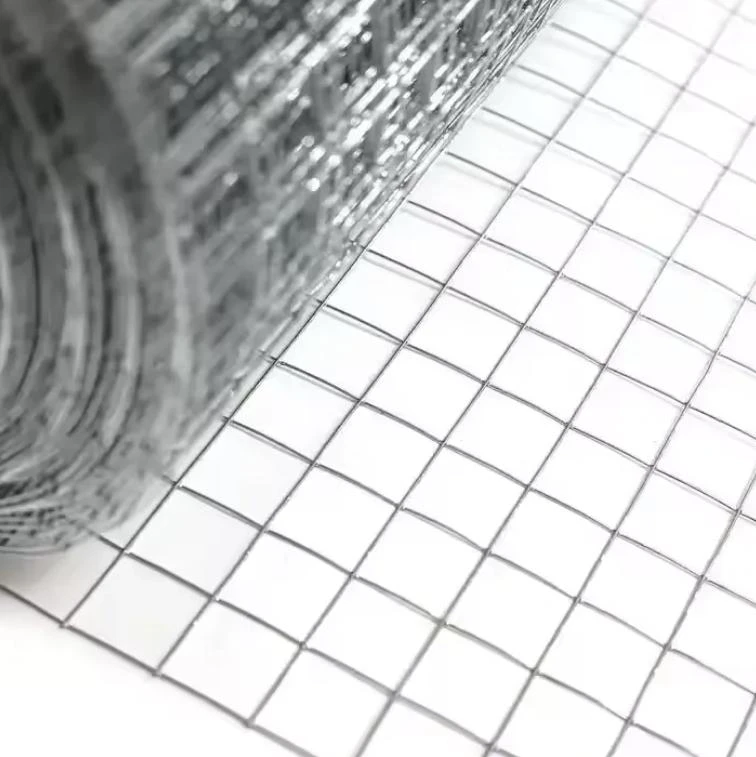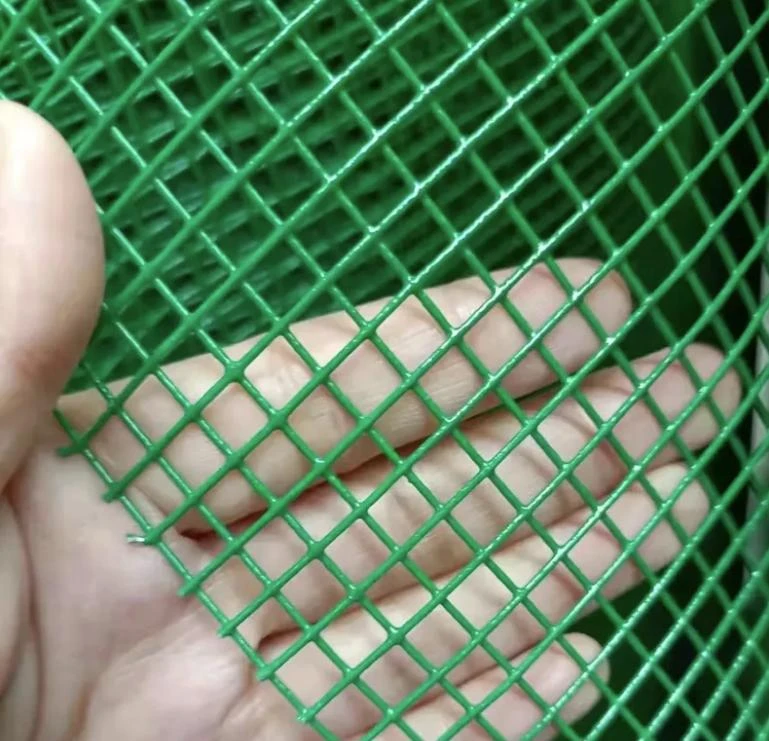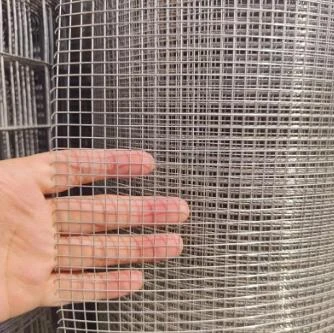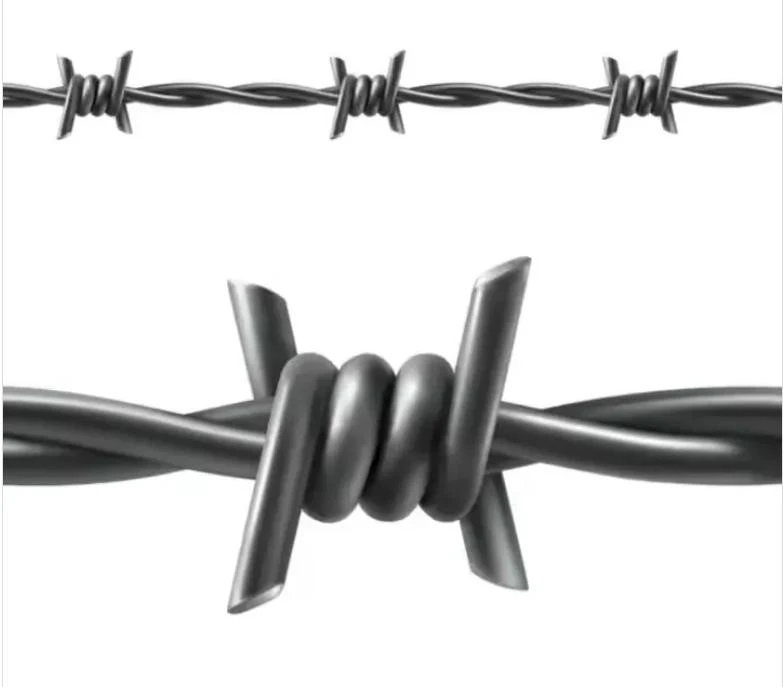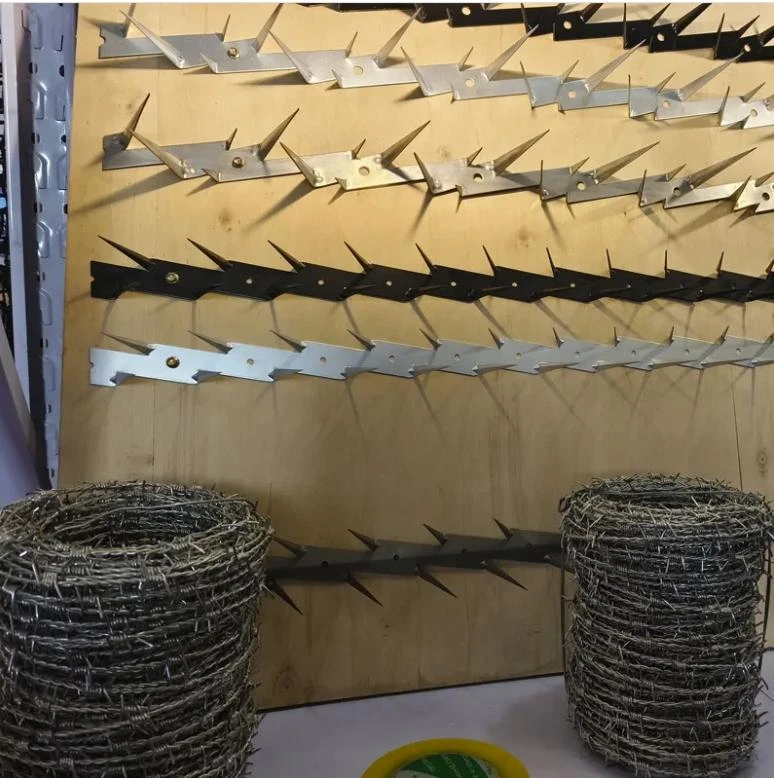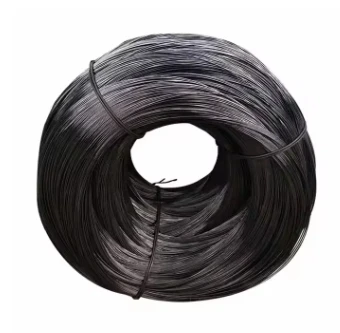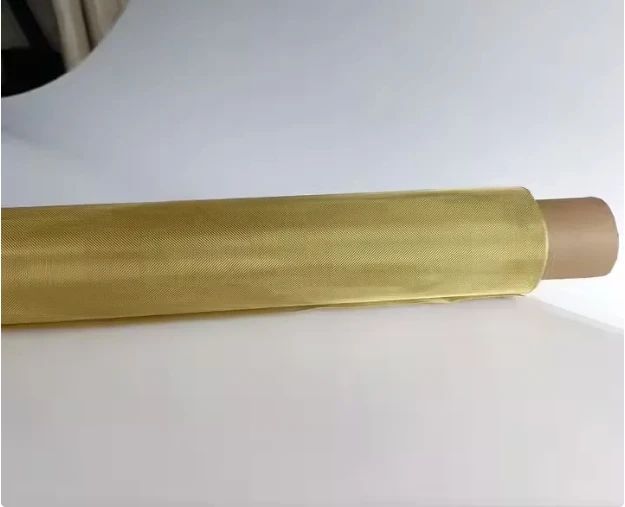Descrierea producției
Rezistența sa ridicată la tracțiune, rezistența excelentă la vibrații și durata de viață lungă îi permit să obțină rezultate și servicii precise de cernere la cel mai bun preț, astfel încât plasa de sârmă ondulată de 65MN este alegerea perfectă pentru site-urile de concasor de roci și site-urile miniere.
|
65MN Material Compoziție chimică
|
|
Material
|
C
|
Si
|
Mn
|
Cr
|
În
|
Cu
|
|
oțel de 65 Mn
Exemplu: 6,5 mm
|
0.62-0.70
|
0.17-0.37
|
0.90-1.20
|
≤0.25
|
≤0.30
|
≤0.25
|
|
0.66
|
0.25
|
0.98
|
0.04
|
0.01
|
0.03
|
Diferite tipuri de margini Materialul de plasă sertizat rezistent este sârmă de oțel de înaltă rezistență, sârmă de oțel 45#, sârmă de oțel 65Mn. Este de obicei folosit pentru sortarea pietrelor și a nisipului în mine, industria cărbunelui. Plăcile de plasă au margini diferite.

Caietul de sarcini
Putem personaliza dimensiunea găurii în funcție de cerințele dumneavoastră
Ecran de plasă de sârmă ondulată vibrantă, arată diferite dimensiuni ale găurii:
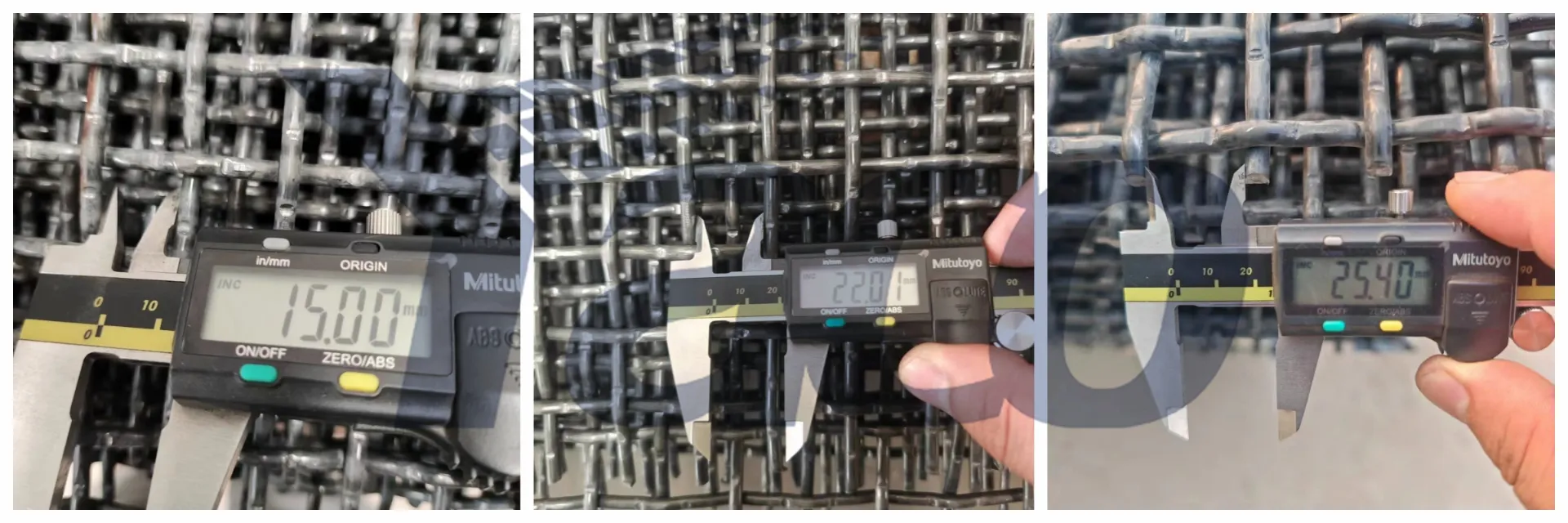


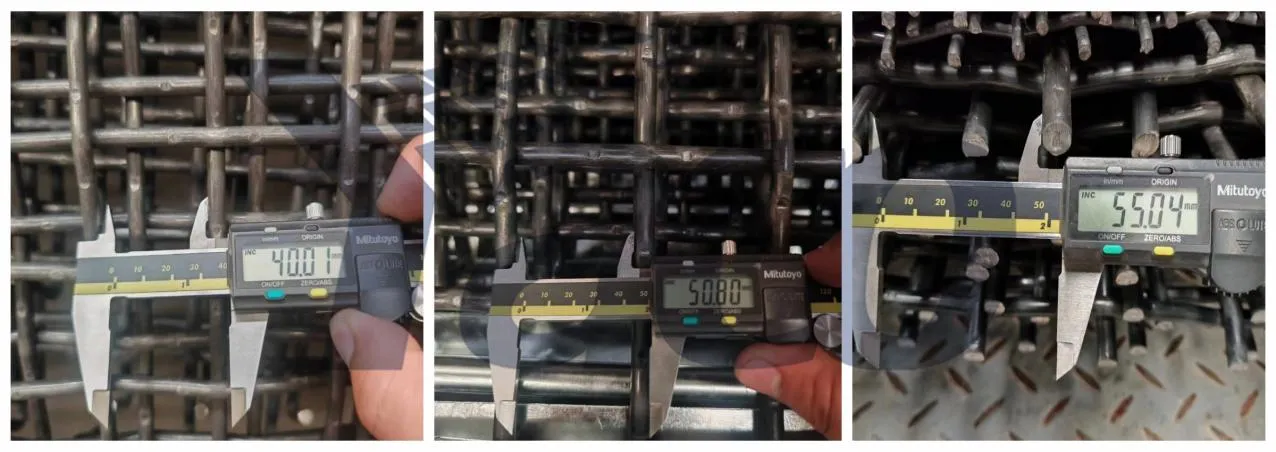
Detalii de plasă pentru ecran vibrator

|
Material
|
Oțel mangan de înaltă rezistență.
|
|
Diametrul firului
|
1,5 mm - 13 mm
|
|
Diafragma/deschidere
|
2 mm - 110 mm.
|
|
Finisarea suprafetei
|
Finisaj moara, pulverizare cu ulei antirugina, acoperire PVC
|
|
Tip de țesut
|
Crimpat dublu, sertizat intermediar, sertizat cu partea superioară plată, sertizat cu blocare
|
|
Dimensiune
|
în foaie sau în rolă, lățime până la 6 metri, lungime până la 100 metri.
|
Putem furniza diferite tipuri de plasă de sârmă țesătă: role de plasă de sârmă sertizată, foi de plasă de sârmă țesute, site vibrante cu sau fără cârlige

Aplicație
Sita vibrantă din oțel mangan este utilizat pe scară largă în minerit, cariere, industria agregatelor pentru a sorta diferite dimensiuni de nisip, pietriș, cărbune, piatră, rocă, materiale metalice și alte materiale minereu.
Plasa noastră de sârmă sertizată este disponibilă într-o gamă de diametre de sârmă și dimensiuni de plasă, permițându-vă să alegeți potrivirea perfectă pentru nevoile dumneavoastră specifice. Indiferent dacă aveți nevoie de o plasă fină pentru filtrare sau de un ecartament mai greu pentru gardul de securitate, avem soluția potrivită pentru dvs. Versatilitatea plasei noastre de sârmă sertizată o face potrivită pentru o gamă largă de aplicații, inclusiv incinte pentru animale, caracteristici arhitecturale și bariere de protecție.
Pe lângă rezistența și versatilitatea sa, plasa noastră de sârmă sertizată este, de asemenea, proiectată pentru instalare și întreținere ușoară. Plasa poate fi tăiată cu ușurință la dimensiune și este compatibilă cu diverse sisteme de încadrare, asigurând o configurare fără probleme. În plus, proprietățile sale rezistente la coroziune asigură longevitatea, chiar și în medii dure.
Crimped Weave Types: Double, Lock & Intermediate Crimp Differences
Crimped woven wire mesh owes its versatility to specialized weave patterns, with double, lock, and intermediate crimps catering to distinct industrial demands. As a leading crimped wire mesh manufacturer, JINJIU engineers each style to balance strength, flexibility, and durability—whether using carbon steel or stainless steel crimped wire mesh.
Double crimp, the most common variant, features uniform crimps pressed into both warp and weft wires at every intersection. This symmetrical design creates consistent square or rectangular apertures (5mm to 50mm), making crimped wire mesh ideal for general-purpose applications. Mining screens rely on their 3-6mm wire diameter to sift aggregates, while agricultural fencing uses it to contain livestock—its balanced structure resisting deformation under pressure. Stainless steel crimped wire mesh in double crimp excels in food processing, where corrosion resistance and easy cleaning are critical.
Lock crimp (or “interlock crimp”) elevates stability: wires are crimped to interlock at crossings, eliminating slippage even under heavy loads. This design suits high-stress environments, such as construction site safety barriers or heavy machinery guards. With apertures as small as 2mm, crimped woven wire mesh in lock crimp prevents debris penetration, while its rigid structure (using 4-8mm wires) withstands impact. Crimped wire mesh manufacturer JINJIU often recommends this type for industrial filtration, where consistent opening sizes are non-negotiable.
Intermediate crimp strikes a middle ground: warp wires have crimps at every intersection, while weft wires feature crimps at alternating points. This hybrid design offers flexibility without sacrificing strength, making it perfect for curved surfaces—like silo linings or cylindrical screens. Apertures range from 3mm to 30mm, with stainless steel crimped wire mesh variants thriving in chemical processing, where resistance to acids and temperature fluctuations is key. Its adaptability also shines in architectural applications, such as decorative facades, where form meets function.
Each weave type reflects crimped wire mesh’s engineered precision. As a trusted crimped wire mesh manufacturer, JINJIU tailors these patterns: double crimp for reliability, lock crimp for extreme strength, and intermediate crimp for versatility. Whether for mining, construction, or food safety, crimped woven wire mesh delivers—proving that the right crimp transforms performance.
Crimped vs. Ordinary Wire Mesh: Why It Excels in Building Applications
In building applications, the choice between crimped wire mesh and ordinary wire mesh hinges on performance under stress—and crimped woven wire mesh consistently outperforms, thanks to its engineered design. As a leading crimped wire mesh manufacturer, JINJIU highlights how this difference transforms structural integrity, durability, and safety in construction projects.
Ordinary wire mesh relies on straight, uncrimped wires woven at right angles, offering basic functionality but lacking resilience. In building scenarios—like concrete reinforcement or safety barriers—its smooth wires can slip at intersections under load, leading to uneven stress distribution and potential failure. For example, when used as formwork for concrete slabs, ordinary mesh may deform under wet concrete weight, compromising structural precision.
Crimped wire mesh solves this with intentional crimps (indentations) pressed into wires at every intersection. This design locks wires in place, preventing slippage and creating a rigid, load-bearing structure. In concrete reinforcement, crimped woven wire mesh distributes tensile forces evenly across slabs, walls, and beams, reducing cracking and enhancing longevity. Its 4-8mm wire diameter (thicker than ordinary mesh) adds tensile strength, making it ideal for high-rise construction or heavy-duty flooring.
Durability is another key advantage. Stainless steel crimped wire mesh—a specialty of trusted crimped wire mesh manufacturer JINJIU—resists corrosion in humid concrete curing environments or outdoor applications (e.g., facade cladding). Unlike ordinary mesh, which may rust and weaken over time, its crimped design retains structural integrity even with minor corrosion, extending service life in coastal or industrial areas.
Building safety barriers benefits significantly. Ordinary mesh fences often sag or break under impact (e.g., from construction equipment), while crimped wire mesh’s rigid structure withstands force, protecting workers from falls or debris. Its uniform apertures (5-50mm) also prevent tool or material drops, a critical feature on scaffolding or elevated platforms.
Adaptability in building applications sets crimped woven wire mesh apart. It conforms to curved surfaces (e.g., arched doorways or circular columns) without losing strength, a flexibility ordinary mesh lacks. For screening aggregate in concrete mixing, its crimped design ensures consistent particle separation, avoiding blockages that plague ordinary mesh with irregular openings.
As a premier crimped wire mesh manufacturer, JINJIU delivers solutions where ordinary mesh falls short: stainless steel crimped wire mesh for coastal projects, heavy-gauge crimped wire mesh for industrial floors, and precision-woven variants for architectural facades. In building, it’s not just wire—it’s engineered reliability.




















